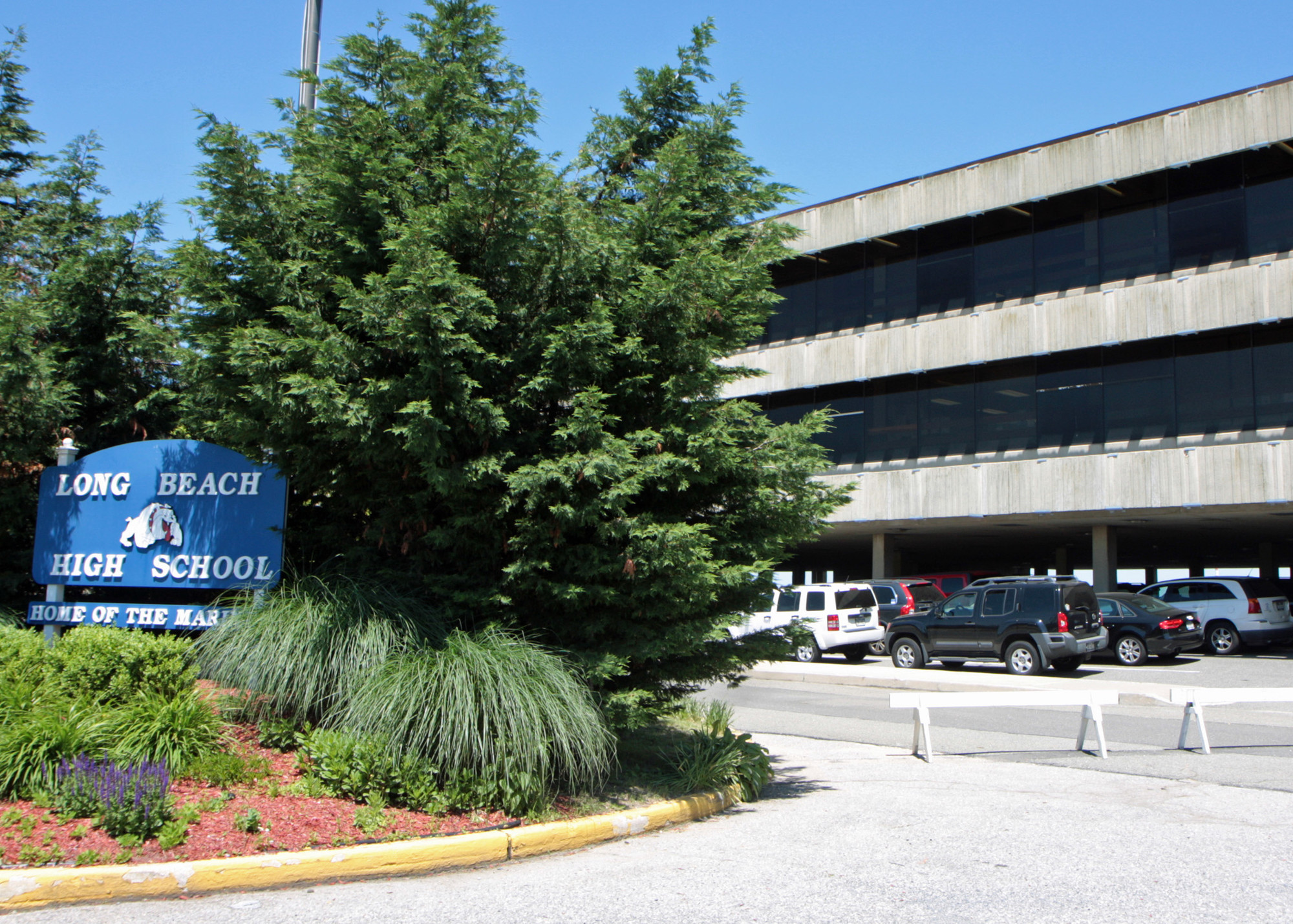Board of Ed calls for change in lunch program
District is projected to lose $368,000 in food services this year
The Board of Education called on school officials last month to explore new options for the district’s lunch program after a presentation at the Feb. 25 board meeting projected a $368,000 loss for the current school year.
The district’s lunch program is expected to cost more than $1.4 million this year, which would eclipse its predicted revenue of just under $1.1 million, according to Chief Operating Officer Michael DeVito. Though the projected loss is higher than last year’s $339,000, DeVito said that a budgeted subsidy of $400,000 would prevent a deficit this year and partially mitigate last year’s shortfall. Still, school board members called for a change in order to stave off future losses.
“When you look at fiscal responsibility, you just can’t continue like this — you have to cut it off and stop the bleeding,” said school board Vice President Stewart Mininsky. “It just can’t go on year after year after year. Either we’re not coming up with the right answers or we’re not running the show the right way.”
Last year’s average cost of a school lunch was $3.18, Steven Kamlet, the district’s director of food services, said at the meeting. Under the National School Lunch Program, which reimburses districts a set amount for each meal, Long Beach schools lost 5 cents on each meal offered to students who qualify for free lunches, and 20 cents on meals on the reduced-lunch plan. About 37 percent of students are eligible for free or reduced-price lunches, DeVito said.
“Whatever options we have to look at, I would like them looked at,” said school board President Roy Lester. “… [W]e just don’t seem to be getting anywhere, and I’m not sure why.”
The district charges $3 per meal for students who do not qualify for free or reduced-price lunches, and an additional reimbursement of 35 cents by the federal government has pushed profits to 17 cents per paid lunch. That is not enough to make up for the losses, however, due to students’ reduced demand for healthier lunch options that the district is reimbursed for, DeVito said.
The district is reimbursed for meals containing three of five types of food, including meat, grains, milk, fruit and vegetables, Kamlet explained. But students have largely avoided adding such items to their trays.
The district moved mozzarella sticks and chicken fingers, which cost $2.50, from the snack window to the service line in the hope that students would pair such a la carte items with milk and fruit for 50 cents more, making it a reimbursable meal. That model has not been successful, Kamlet said, as students often buy those items with iced tea and potato chips, for example, which do not qualify for reimbursement.
In recent years, the district has transferred money from the general fund to a reserve account to pay off the food services deficit, according to DeVito. Board Trustee Maureen Vrona pointed out that school districts across the state that participate in the federal program are required to remain self-sufficient without utilizing taxpayer money, such as the money in the general fund.
“There are several things, unfortunately, that we’re out of compliance on,” DeVito said, noting that almost all school districts on Long Island use similar fund transfers. “There’s a law in the books, and school districts do their best. Some do better than others.”
Though the district has lost more than $300,000 in food services in eight of the last nine years, its schools made more than $400,000 in the 2012-13 school year, in the wake of Hurricane Sandy. After the storm, every student qualified for free meals reimbursed by the government, which increased demand, lowered the district’s cost per lunch and, DeVito said, proved that making a profit is possible.
But the board urged the administration to rethink the lunch system, something it did not ask for when the Food Services Advisory Committee was formed a few years ago, according to Superintendent David Weiss. Rather, the charge from the board was to make the existing system better.
There are other options available besides the federally assisted program, Weiss said, including offering only cold food, privatizing the program and offering no program at all. “If the board is interested in having the administration pursue any of those options, you need to let us know,” he said, “but I think that when we put those out two years ago, the board basically said, ‘Try to improve efficiencies,’ and I think those are the efforts that have been attempted.”
At the meeting, residents suggested potential solutions, including raising the price of a la carte items to entice students to buy the reimbursable meal, or simply charging 25 or 50 cents more for paid lunches.
“I do think that we need to seriously consider a vote for an increase,” board Trustee Dr. Dennis Ryan said. “We have to be practical and realistic in terms of where we are as a society, and what the cost of food is.”
Weiss said that a change in the price of a lunch is more likely to happen than a change in the entire program, and that while the district would take a closer look at the issue, its energy is currently focused on finalizing a budget to be adopted in April, not a system change.
“Nothing is going to be happening quickly on this,” he said. “[The board] had given us a charge — we worked on it for a year. They’ve just changed the charge. We’re going to work through it. We will certainly see if there are steps that we can take, but I would not anticipate major changes until everything has been fully vetted.”

 48.0°,
Fair
48.0°,
Fair 







